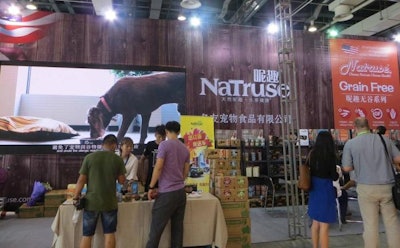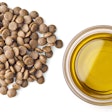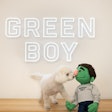
From Petfood Industry:
Bloggers and columnists for Petfood Industry recently shared insights on internet reviews, China's pet food market, nutrient toxicity, industry events and dog vs. cat food purchasing frequency.
Everything I read about pet food online isn't true, but ...
I think the headline above could apply to an entire series of topics, from ingredient definitions to pet nutrition. But today I am focusing on online complaints. Every single day, I talk to pet food consumers who have looked online to find out if there is a problem with the food they have been feeding, before they contact the company.
China's pet food market growing into a global power
I first traveled to China and encountered its pet food market in person four years ago. In 2012, the market was brimming with potential, thanks to rapidly growing pet ownership among such a large population. Several multinational pet food companies had figured that out and established a presence in China, either via a manufacturing facility, distribution partnership or other means.
Pet food claims, labeling focus of AAFCO annual meeting
The top item of note at the Association of American Feed Control Officials (AAFCO) annual meeting was that a definition and guideline to allow for "human grade" claims on pet food labels were accepted by the general membership and are now in effect.
How dog, cat owners' pet food purchasing frequency varies
The frequency of pet food purchasing can play a significant role in retailing and targeted marketing strategies.
Copper-associated liver disease in dogs: pet food issue?
While most evidence currently points to genetics, it's possible that copper as a dietary ingredient plays some role.


















